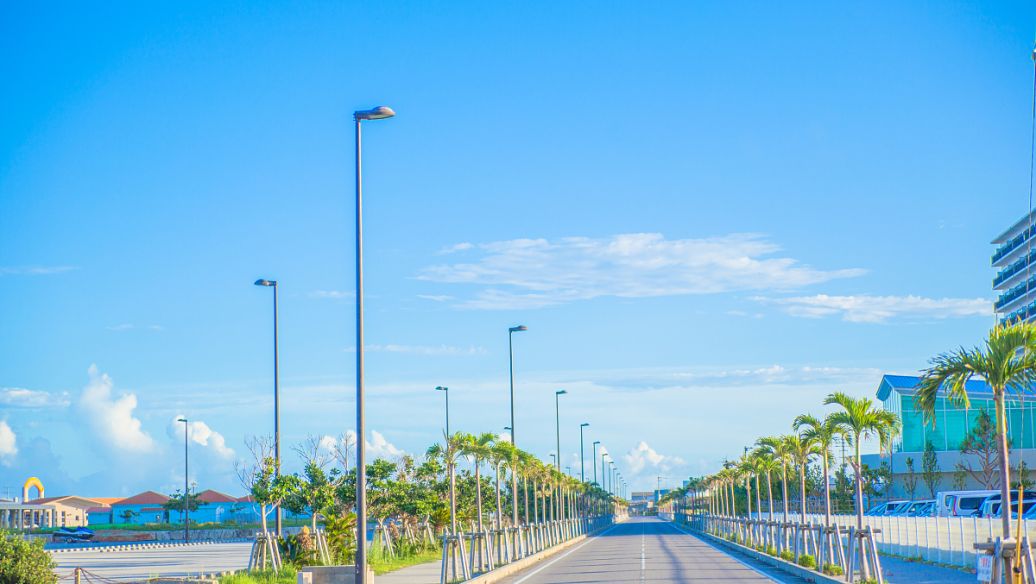

time:2021-11-22 Views:16
In self-driving cars, lidar plays a key detection and guidance role. In fact, the more advanced and sensitive the device is, the more accurate the detected signals will be, and the more significant the application advantage in actual driving. In the research of this equipment, adding a near-infrared silicon photodiode can improve its sensitivity. Next, I will discuss with you the role of near-infrared silicon photodiode in lidar.

Near-infrared silicon photodiode, its sensitivity is one-third higher than the existing sensitivity. At present, near-infrared photodiodes are generally made of chemical materials, which require a separate cooling device and are difficult to integrate. However, in research, it was found that the use of hourglass-type silicon nanowires increased the absorption of infrared light by silicon.
Above the nanowires, the inverted nanocone produces echo wall resonance, which prolongs the residence time of near-infrared-shortwave infrared photons, while the nanocone underneath can re-absorb the incident light from nearby nanowires due to its low reflectivity.
At a wavelength of 1000 nanometers, the response of this nanowire to near-infrared light is 29% higher than that of the existing flat silicon photodiode. The researchers applied the newly developed photodiode to the exercise heart rate measurement system and found that: Compared with the photodiode, this new type of diode has higher sensitivity and the error rate is less than 1%.
Silicon can be used to make photodiodes and is inexpensive. Potential applications include lidar, medical lasers, night vision, and image sensors for autonomous vehicles. The above is the relevant content of the near-infrared silicon photodiode.